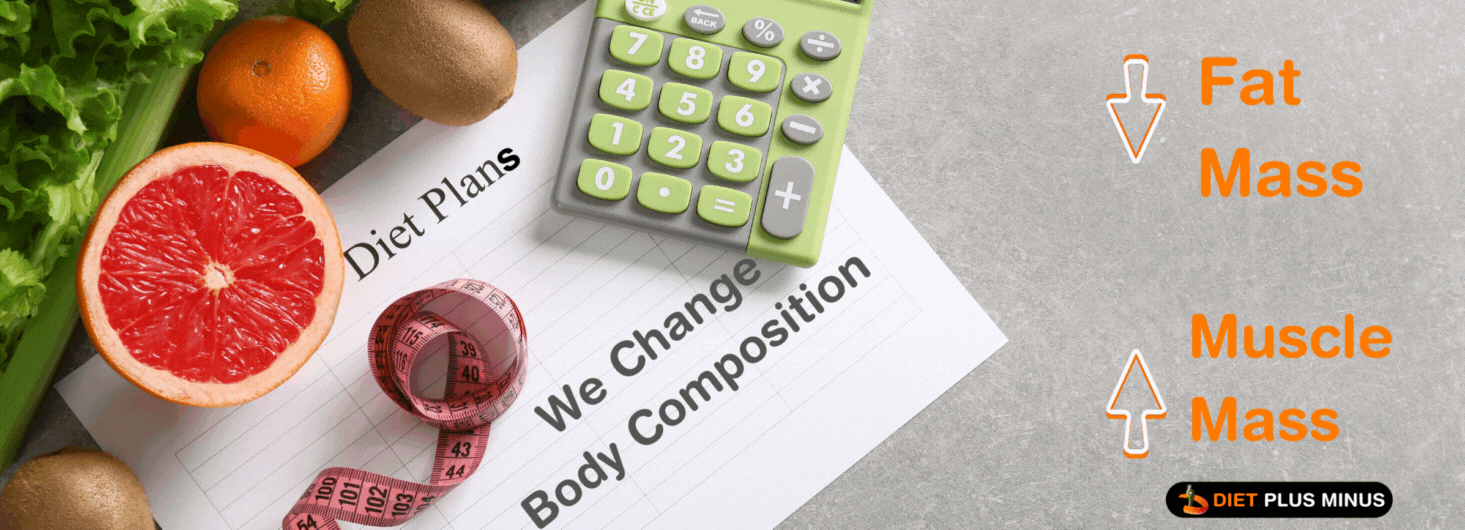
Every plan focuses on practical, sustainable change. You receive a personalized diet and activity guide, habit coaching, and timely reviews—so you always know what to do next. Choose a structure that matches your current needs and the amount of accountability you prefer.

| Duration | Price | |
| 1 Month Diet + Consultation with 3 Revisions | INR 10000 | Express checkout |
Ryles Tube (RT) feeding, also known as nasogastric tube feeding, is commonly used for patients who cannot eat orally due to medical conditions. While commercial formulas are available, many caregivers prefer home-cooked RT feeding diets due to cost-effectiveness and better tolerance. This blog covers a comprehensive guide on how to plan and prepare a balanced, hygienic, and nutritious home-cooked RT diet.
The following table provides a general estimate of daily nutritional needs for an adult on RT feeding:
| Nutrient | Approximate Requirement |
|---|---|
| Calories | 1500–2000 kcal |
| Protein | 50–70 g |
| Carbohydrates | 200–300 g |
| Fats | 30–50 g |
| Fluids | 1500–2000 ml |
This is a general diet plan. Please consult a dietitian for personalized recommendations based on the patient's condition.
| Time | Feed | Ingredients | Calories (Approx.) |
|---|---|---|---|
| 7:00 AM | Rice Kanji with Moong Dal | Rice, moong dal, water, salt | 200 kcal |
| 10:00 AM | Fruit Puree Feed | Banana, apple (steamed), water | 150 kcal |
| 1:00 PM | Vegetable Soup Blend | Carrot, pumpkin, bottle gourd, moong dal, water | 250 kcal |
| 4:00 PM | Milk and Oats Mix | Milk, oats, sugar (optional) | 300 kcal |
| 7:00 PM | Khichdi Feed | Rice, moong dal, vegetables, ghee | 350 kcal |
| 10:00 PM | Milk with Almond Paste | Milk, soaked almonds (peeled), cardamom | 200 kcal |
A well-planned, home-cooked RT feeding diet can significantly improve patient outcomes and reduce the risk of infections or complications associated with commercial feeds. Always consult a medical professional or clinical dietitian to tailor the plan to the patient’s individual needs. With the right care, love, and hygiene, home-cooked RT feeds can be both nourishing and comforting.
Note: Plans provide lifestyle guidance. Medication changes are overseen by your treating physician. Pricing/inclusions may vary by promotions.